Comprehensive Analysis of Pressure Ulcer Management and Nursing Care
VerifiedAdded on 2023/01/12
|5
|950
|76
Essay
AI Summary
This essay delves into the multifaceted approach to managing pressure ulcers, also known as bedsores or pressure sores, emphasizing the crucial role of nursing interventions. It begins by defining pressure ulcers and highlighting the importance of interventions such as nutrition screening, where the nutritional status of patients is assessed to identify and treat malnutrition, which can hinder wound healing. The essay stresses the significance of adequate energy and protein intake, as well as the use of vitamins and minerals, alongside care planning interventions, including hydration. Furthermore, the essay examines nursing considerations related to interventions like patient repositioning and the use of support surfaces. Repositioning is discussed as a method to reduce pressure on vulnerable body parts, and the essay outlines the importance of selecting appropriate positions and support surfaces based on individual patient needs and the setting. The essay concludes with a bibliography of relevant sources.
1 out of 5
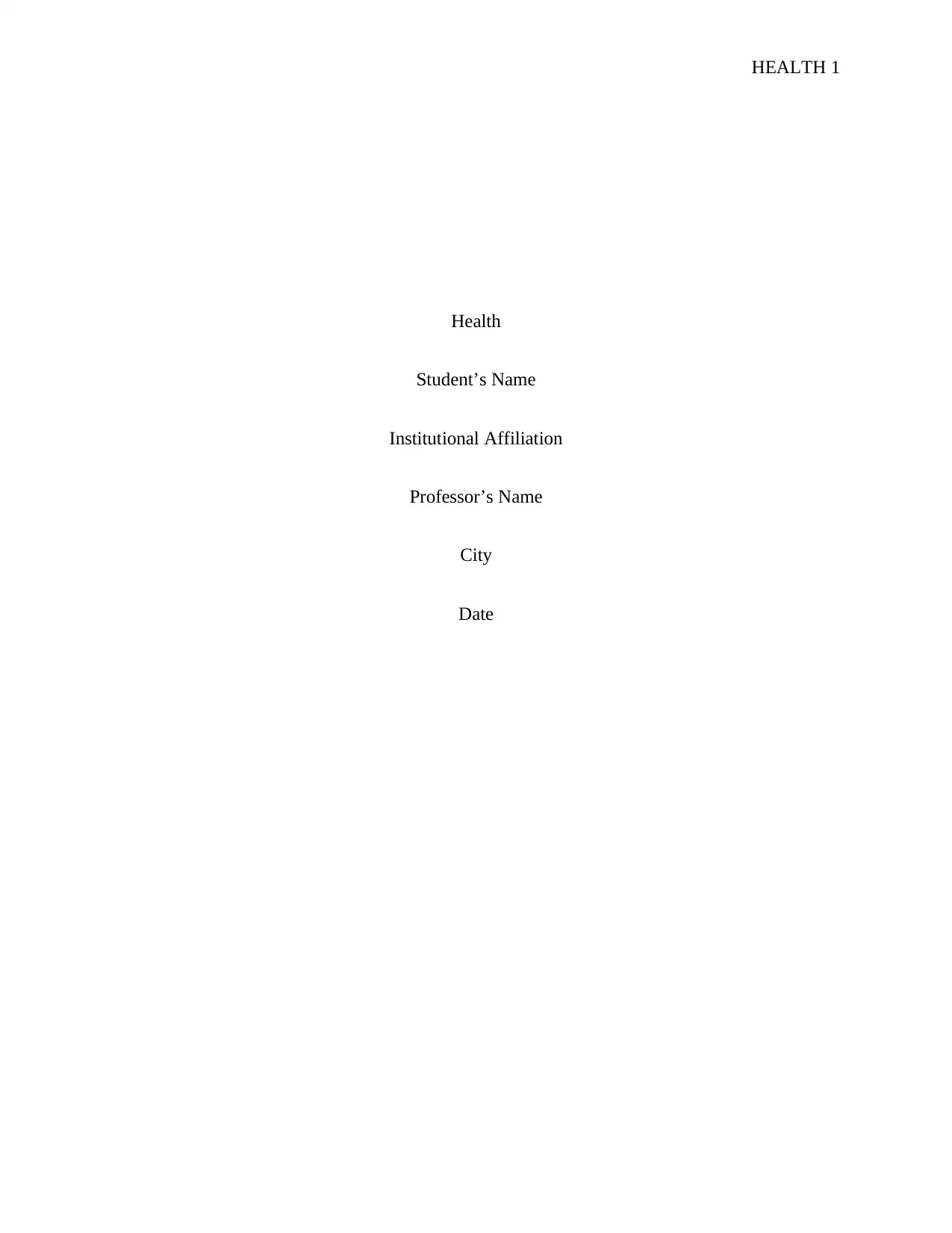
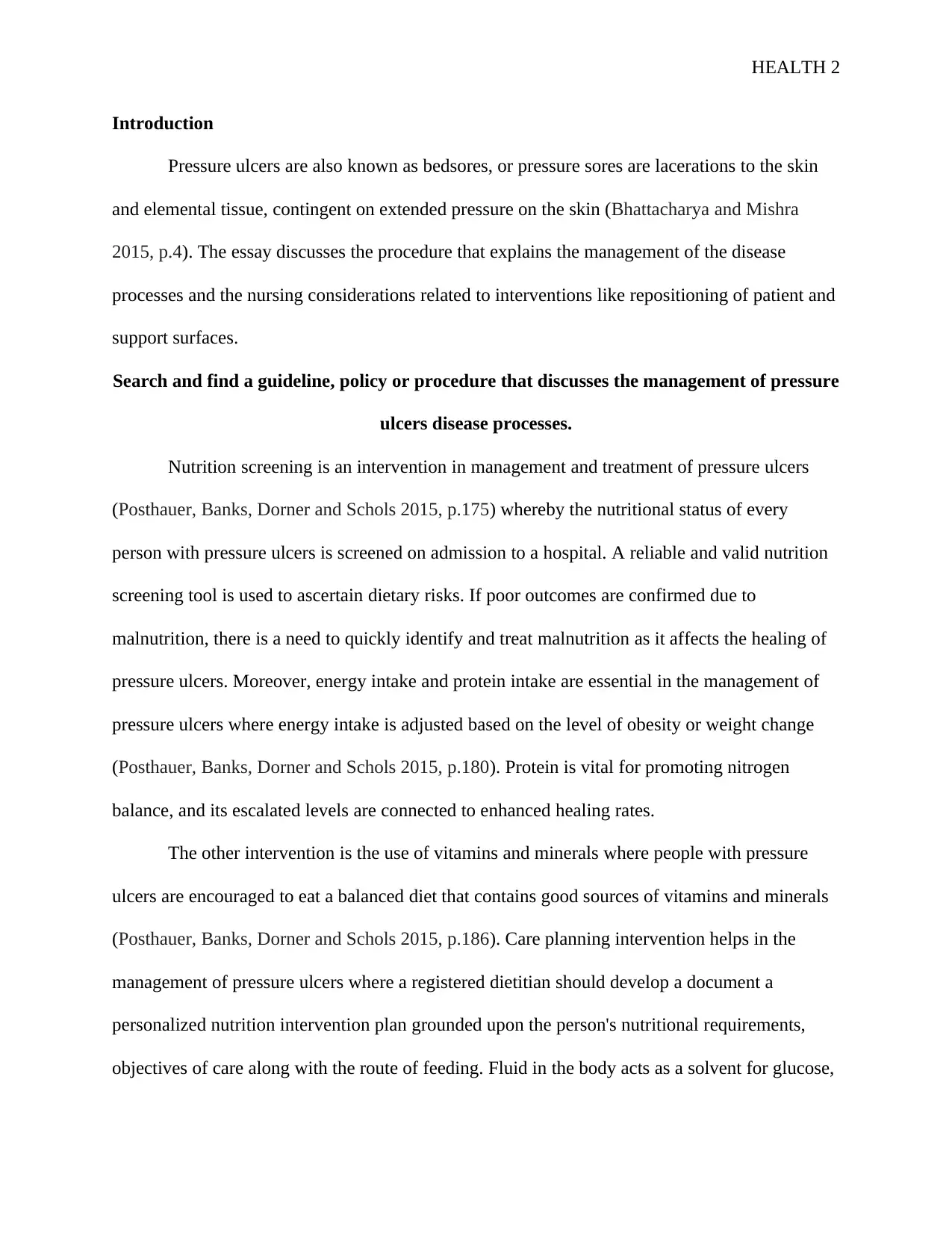
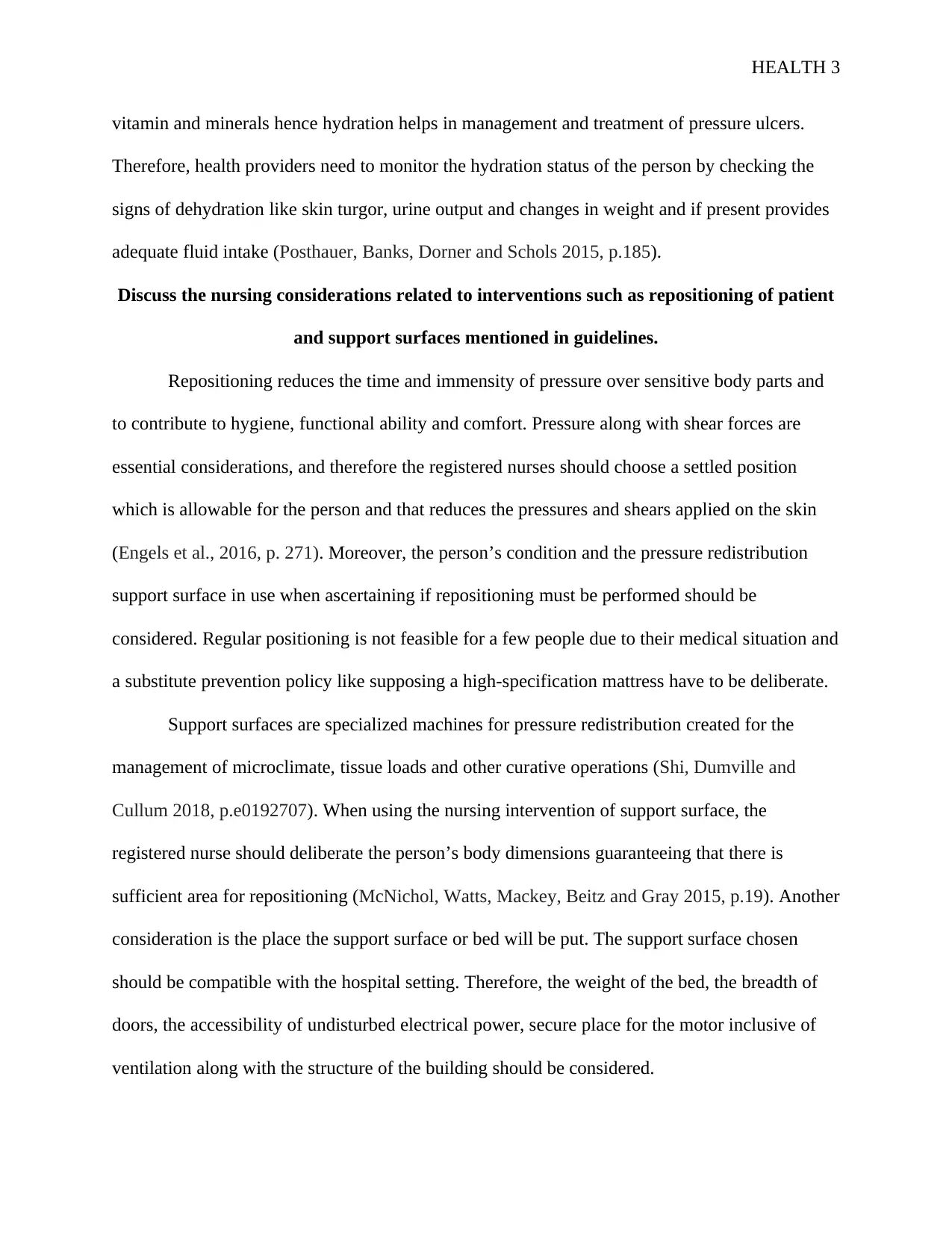

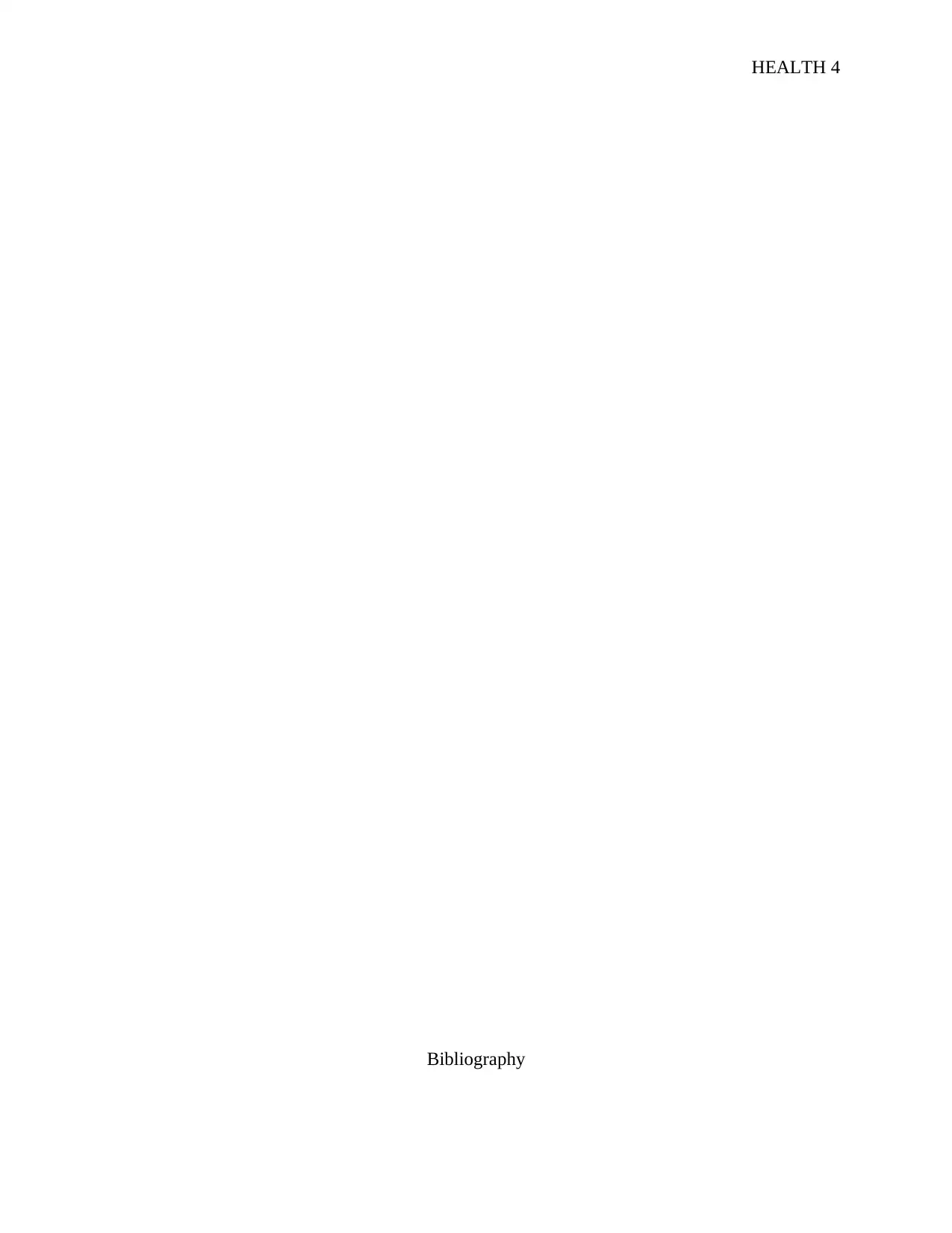
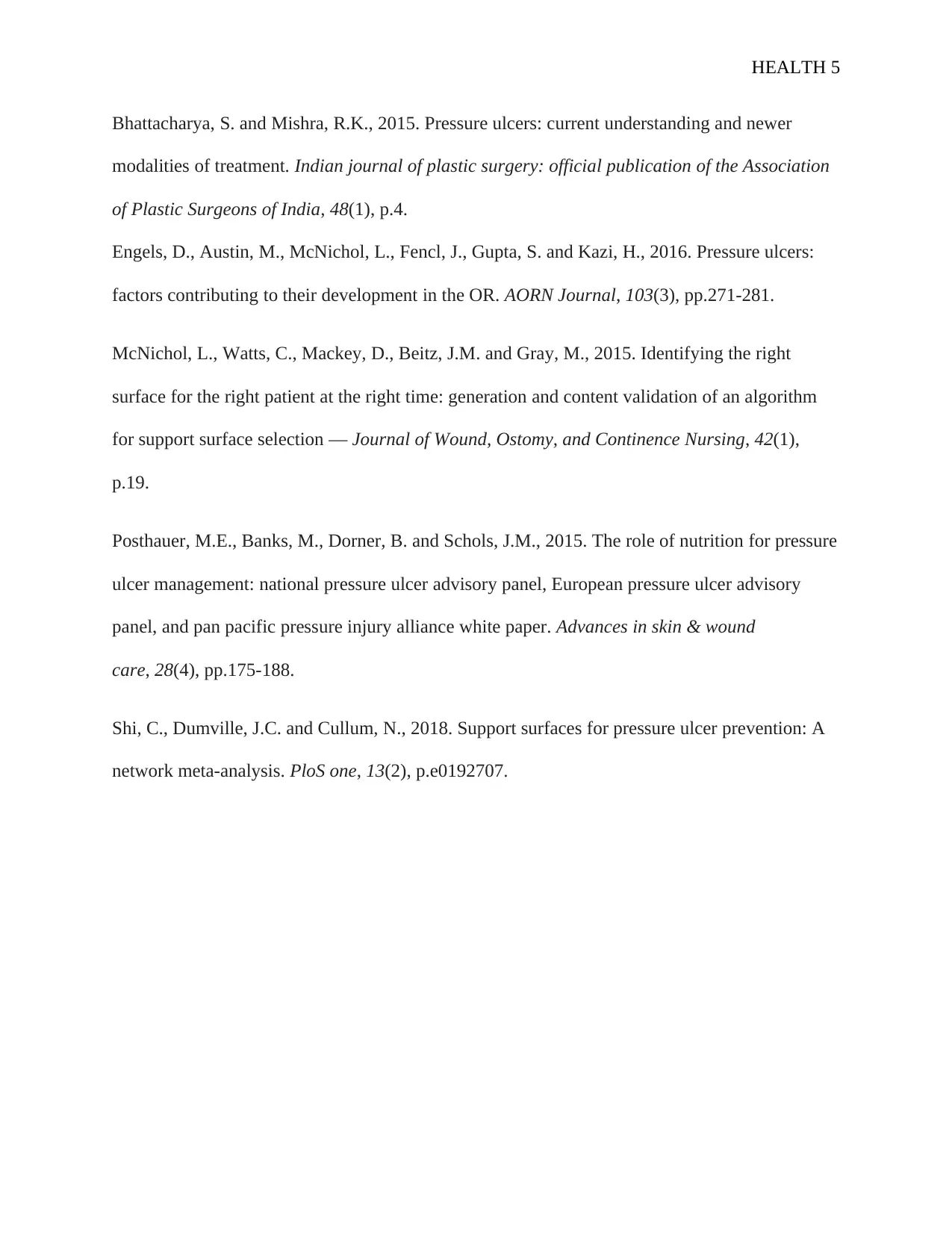


![[object Object]](/_next/static/media/star-bottom.7253800d.svg)